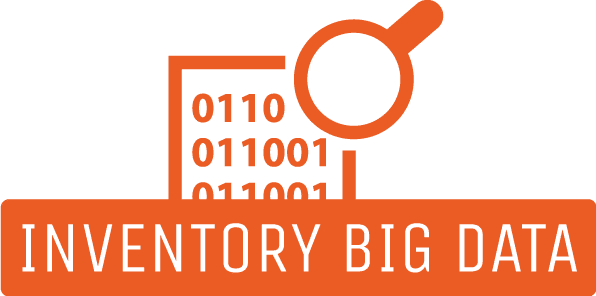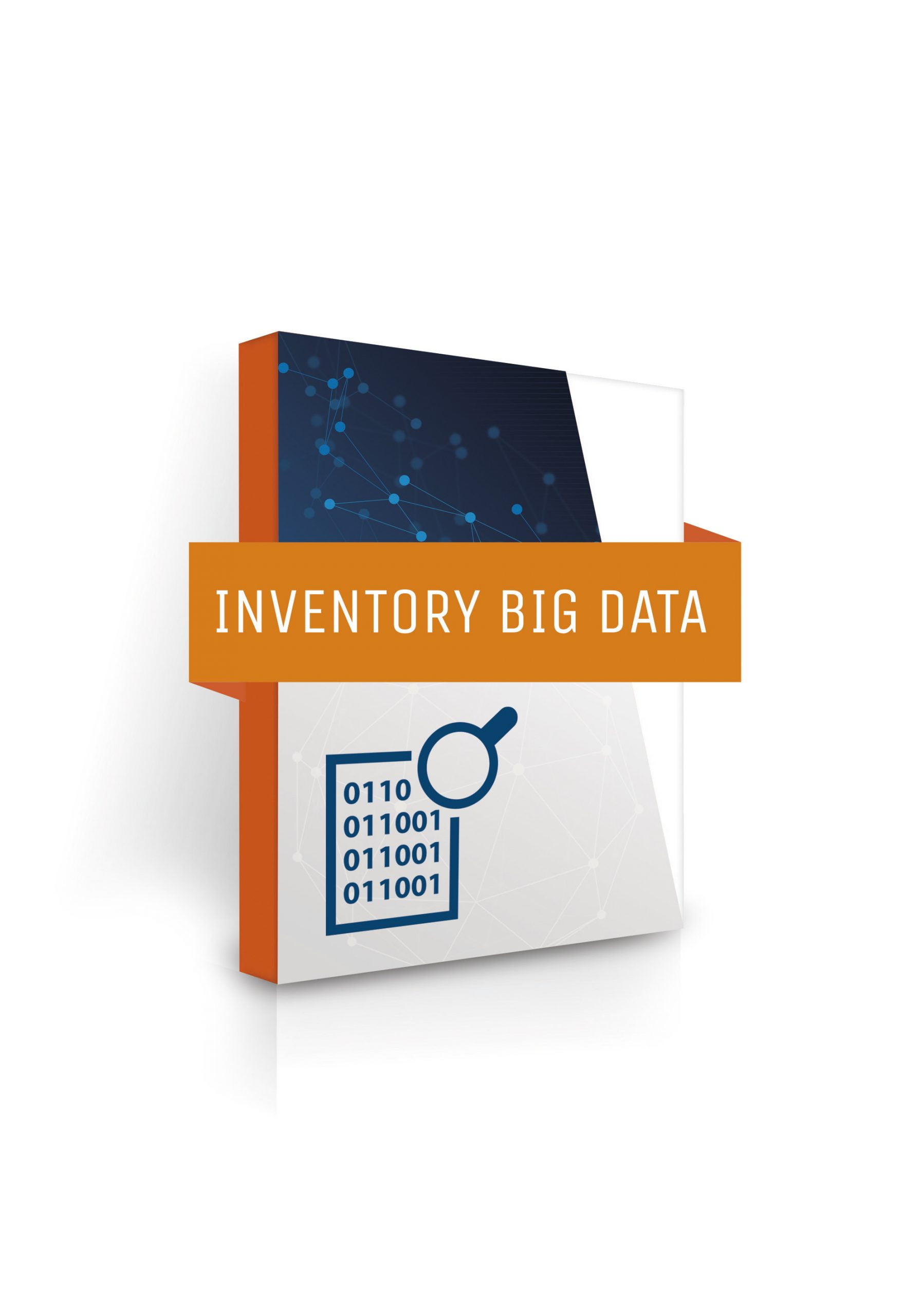Inventory Big Data Daily Automation
Automation is transforming both personal and professional tasks by enhancing efficiency and productivity. This comprehensive guide explores various applications of automation in daily life and work, from automating daily task lists and status reports to optimizing supply chain operations. By automating routine activities, businesses can save time, reduce errors, and make more informed decisions based on accurate, real-time data. The integration of automation into daily workflows not only streamlines operations but also empowers individuals and organizations to focus on higher-value activities. As technology advances, the potential for automation to revolutionize daily tasks and business processes will continue to grow.
Description
The Power of Automation in Daily Life: A Comprehensive Guide
Introduction: The Growing Role of Automation
In today’s fast-paced world, automation has become an essential tool for enhancing efficiency and productivity across various domains. Whether in personal routines or professional workflows, the integration of automation is transforming how tasks are accomplished. This article explores diverse aspects of daily automation, offering insights into how it can be leveraged to improve both individual and organizational performance.
Daily Automation Ideas: Enhancing Productivity
Automation in daily life encompasses a wide range of applications, from managing simple tasks to orchestrating complex processes. For instance, automating daily task lists can help streamline activities by automatically compiling to-do items based on scheduled events, reminders, and ongoing projects. This not only saves time but also ensures that critical tasks are prioritized and completed on schedule.
In a professional setting, automation can be particularly beneficial for routine communication tasks. Automating the creation and distribution of a daily status report template can ensure consistent updates across teams, keeping everyone informed of project progress, potential obstacles, and deadlines. By reducing the time spent on manual reporting, teams can redirect their focus towards more strategic activities that drive business growth.
Daily Task Automation: Simplifying Routine Activities
The ability to automate daily tasks offers a significant advantage in both personal and professional environments. By setting up automated workflows, routine activities such as data collection, report generation, and task reminders can be handled with minimal human intervention. This not only increases efficiency but also reduces the likelihood of errors that can occur with manual processes.
For businesses, automating routine tasks can lead to more efficient use of resources. For example, automating the preparation and distribution of daily status reports can ensure that key stakeholders are consistently informed of progress without requiring manual input each day. Such automation allows teams to leverage historical data and apply data analytics to forecast future demand, leading to more informed decision-making and enhanced operational efficiency.
Automation in Daily Work: Streamlining Operations
Incorporating automation into daily work processes can significantly enhance productivity. For example, automating repetitive tasks such as data entry, report generation, and communication can free up valuable time for employees to focus on more critical aspects of their work. This approach not only improves efficiency but also reduces the risk of human error, leading to higher-quality outcomes.
In the context of supply chain management, automation can play a crucial role in optimizing operations. By automating the tracking of inventory levels, shipment schedules, and supplier communications, businesses can achieve a more streamlined and responsive supply chain. Applying advanced analytics to this data allows companies to anticipate changes in demand and adjust their strategies accordingly, potentially leading to a reduction in stock-days of 10% or more.
The Role of Data in Automation: From Collection to Analytics
Data is a fundamental component of effective automation. A data inventory outlines an organization’s internal information, providing a comprehensive view of available data sources. This inventory is crucial for identifying opportunities for automation and ensuring that data-driven decisions are based on accurate and up-to-date information.
Automated data collection processes can gather a large quantity of data about a given question, enabling more detailed and accurate analysis. By automating both data collection and analysis, organizations can generate insights that might be missed through manual efforts. These insights can then be used to inform strategic decisions, optimize operations, and improve overall business performance.
Statistical forecasts are concerned with predicting future trends based on historical data. By automating the data collection and analysis process, organizations can produce more reliable forecasts, allowing them to better anticipate market changes and adjust their strategies proactively.
Leveraging Business Intelligence for Automated Decision-Making
Automation is not just about executing tasks; it’s also about empowering decision-makers with the information they need. Automated business intelligence solutions can provide real-time analytics, offering insights that are crucial for strategic decision-making. For instance, automated reports and dashboards can deliver up-to-date information on key performance indicators (KPIs), allowing managers to monitor progress and make timely adjustments.
By automating the generation and distribution of these reports, businesses can ensure that all stakeholders have access to the most relevant and accurate information at any given time. This not only improves the quality of decision-making but also enhances the overall agility of the organization, allowing it to respond more quickly to changes in the business environment.
Automation in Supply Chain: Optimizing Logistics and Inventory
Supply chain management is one of the areas where automation can deliver the most significant benefits. By applying automation to logistics and inventory management, businesses can achieve greater visibility and control over their supply chains. Automated systems can monitor inventory levels, track shipments, and predict potential disruptions, enabling more efficient and proactive management.
This real-time data can be used to optimize logistics, ensuring that goods are delivered on time and at the lowest possible cost. By automating these processes, businesses can reduce lead times, minimize stockouts, and improve overall supply chain performance. Additionally, the application of advanced analytics to this data can reveal patterns and trends that can inform future strategies, further enhancing operational efficiency.
Conclusion: The Future of Automation in Daily Life
As technology continues to advance, the possibilities for automation in daily life and work will continue to expand. From daily task automation to the optimization of supply chain operations, automation is transforming how we approach both routine and complex tasks. By providing individuals and organizations with the tools to automate daily functions, these technologies enable greater efficiency, accuracy, and productivity.
In conclusion, the adoption of automation is not merely about saving time; it’s about enhancing capability. By embracing automation, individuals and businesses alike can focus on higher-value activities that drive innovation and growth. The future of automation is bright, offering endless opportunities to streamline operations, improve decision-making, and achieve a better balance between work and life.
Daily automation ideas
automation daily life
automation daily status report template
automation daily status report
python daily automation
daily task automation
daily build automation
automation in daily work
provide you with the ability to automate your daily functions
leverage historical data and apply data analytics to forecast future deman
Supply Chain Analytics
reduction in stock-days of 10%
A large quantity of data about a given question is collected
provides the information, analytics, business intelligence solutions
Data inventory outlines an organization’s internal information
See how Big Data can be applied to optimize logistics, inventory
Big Data principles
statistical forecasts are concerned
Additional information
| Objective | Efficency, Inventory Values, Operating Assets, Service Level |
|---|---|
| Offer | |
| Publication |





